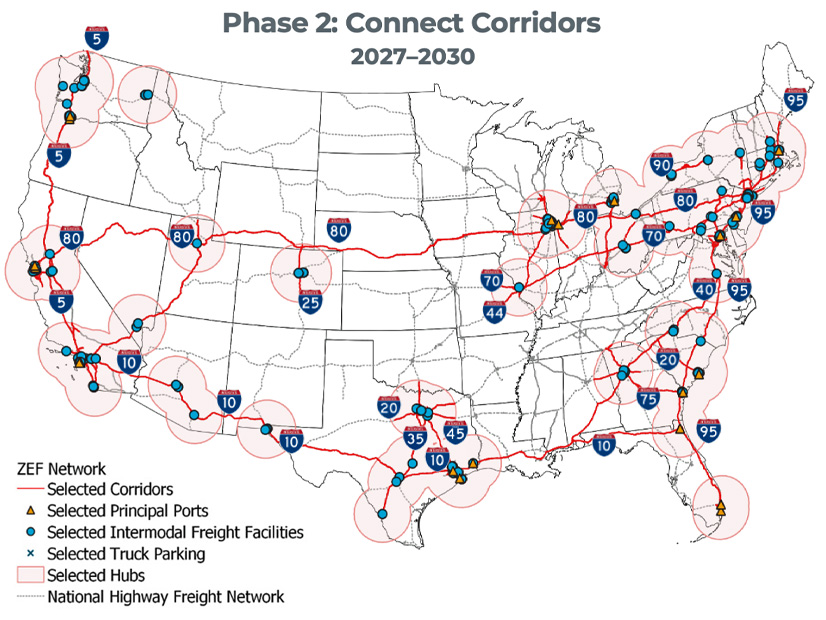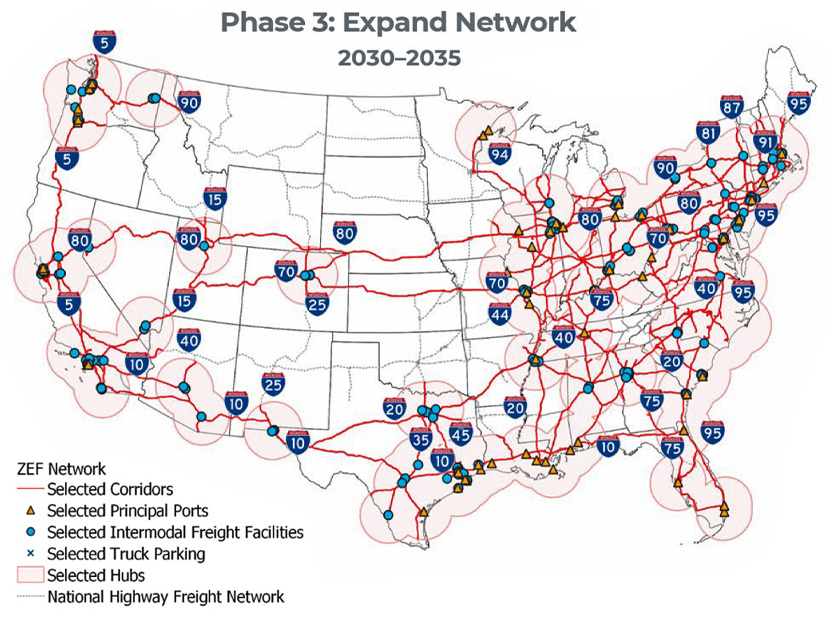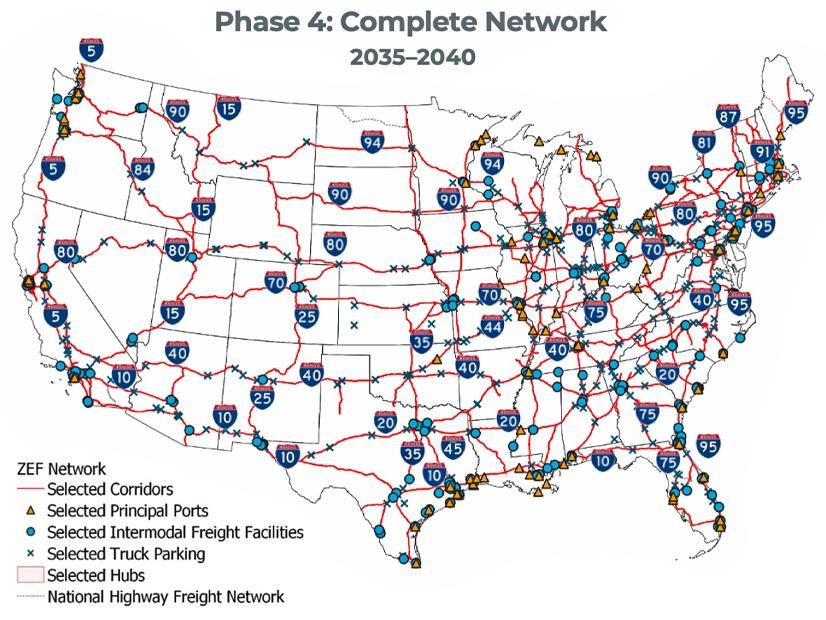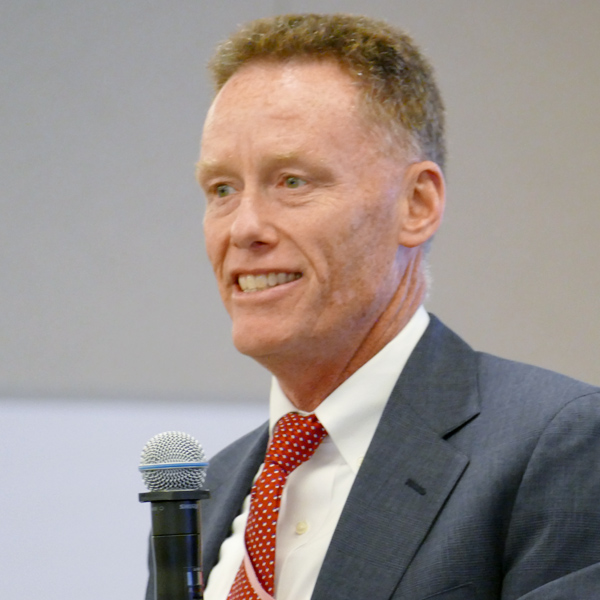A new report from electricity marketer Powerex adds to the expanding debate around what transpired on the Western grid during a January cold snap that saw the Northwest forced to import large volumes of power in the face of record energy demand and tight supplies.
The storm saw five balancing areas — including the Alberta Electric System Operator — enter various levels of energy emergency alerts (EEAs), with one critical EEA-3 declared in the U.S. Northwest.
The March 6 report from the Vancouver, Canada-based company, which markets BC Hydro’s surplus generation and manages a sophisticated trading operation that covers the Western Interconnection, represents yet another salvo in the dispute over the Jan. 12-16 winter freeze that plunged the Northwest to near-record low temperatures.
The ensuing disagreement about how energy flowed during the event has largely reflected fault lines among Western electricity industry stakeholders in the contest between CAISO’s Extended Day-Ahead Market (EDAM) and SPP’s Markets+. The debate is sharpening as the Bonneville Power Administration nears the release of its market “leaning” in April. (See NW Cold Snap Dispute Reflects Divisions over Western Markets.)
Powerex so far is the only Western entity to tentatively commit to Markets+. Its report, “Analysis of the January 2024 Winter Weather Event,” amplifies the view held by some Northwest stakeholders that the region largely weathered the event because of support from the Desert Southwest and the Inland West — and not CAISO and other California balancing areas.
The report also notes that Powerex itself aided its southern neighbors during the freeze. It additionally delves into the capacity and fuel supply challenges that confronted the Northwest and concludes with a set of recommendations to the region to prepare for similar future events — all of which notably exclude participation by CAISO.
Interpreting the Data
Powerex’s report shows peak demand in balancing areas across the U.S. Northwest during the cold snap generally ranged about 2 to 6% higher than during a similar weather event in December 2022, with comparable temperatures. In PacifiCorp’s West area, the peak was 6.7% higher than during the 2022 event, while Seattle City Light’s peak was 6.2% higher and Idaho Power’s 5% higher. British Columbia set a new demand record Jan. 12, beating its previous mark by 3%.
“This is consistent with recent projections of accelerating demand growth for U.S. Northwest utilities,” the report said, citing last year’s forecast from the Pacific Northwest Utilities Conference Committee.
Powerex’s account of how power flowed across the Western Interconnection during January’s five-day event aligns with two separate assessments from the Western Power Pool (WPP) and the Public Power Council (PPC).
Relying on Open Access Same-Time Information System (OASIS) transaction schedules, BPA’s Pacific AC Intertie data, Energy Information Administration interchange data and figures from CAISO’s OASIS, Powerex estimated that the U.S. Northwest hourly net energy imports averaged 4,745 MW during the 4 p.m.-to-8 p.m. periods of peak demand during the January event.
The “most significant” source of supply during those hours, Powerex said, originated in the Rockies (2.399 MW exported) and Desert Southwest (2,765 MW exported) regions, with power from the latter being wheeled through California into the Northwest. Canada — mostly Powerex — also exported an hourly average of 336 MW directly to the U.S. Northwest.
“In contrast, [CAISO], and other California utilities that are not part of [CAISO], were net importers on average of approximately 443 MW (189 MW and 254 MW respectively) during these peak demand hours,” the report said, repeating a point made by the WPP and PPC in their analyses.
Across the full 120 hours of the January event, the U.S. Northwest imported an hourly average of 5,241 MW, Powerex said, with the Southwest exporting an hourly average of 3,223 MW and the Rockies 2,399 MW, with Canada exporting 481 MW. Over the same period, CAISO and other California BAAs were net importers of 49 MW and 489 MW, respectively, the report said.
“Imports and exports can be the result of bilateral transactions arranged prior to the operating hour and scheduled through e-Tags under the contract-path framework, or they can be the result of participation in the Western EIM, which optimizes transfers based on available supply and transmission service across the footprint,” Powerex said.
The report cites WEIM data showing the Northwest received an average of 348 MW of supply from the WEIM across all hours and 164 MW during the peak hours. It notes that “most of the [Northwest’s] imported supply was transacted in the bilateral markets (including exports from the CAISO using the intertie bidding framework and contract path scheduling), with the Western EIM providing a relatively small volume.”
CAISO contested that characterization of energy flows in its own 80-page analysis detailing how the ISO and the WEIM supported the Northwest during the cold snap. (See NW Freeze Response Shows WEIM Value, CAISO Report Says.)
CAISO’s report, also published March 6, said the ISO “became a net exporter over the Martin Luther King Jr. Day weekend for all hours of the day, excluding WEIM transfers,” with hourly exports in the day-ahead and real-time markets exceeding 6,000 MW.
The ISO said WEIM transfers into CAISO stemmed from not limited supply within CAISO but instead the “economic displacement and opportunities optimized by the market and bounded by the transmission and transfers availability in the wider footprint.”
“The market identified least-cost solutions within the wider WEIM footprint, transferring lower-cost electricity from the Southwest into California,” the CAISO report said. “These transfers allowed exports scheduled in the day-ahead and hour-ahead markets to flow to the Northwest, replacing more expensive generation while managing congestion on key transmission lines.”
‘Distinct Reliability Challenges’
The Powerex report highlights “two separate and distinct reliability challenges” confronting the Northwest during the deep freeze: “inadequate capacity during peak demand hours” and “insufficient fuel supply across the multiday event.”
Regarding fuel supply, the report notes that BC Hydro and BPA hydroelectric generators associated with the largest storage reservoirs can operate “at or near maximum output across all hours of a multiday weather event,” but run-of-river hydroelectric facilities don’t have that option.
“The region’s dependence on these hydroelectric generation facilities gives rise to a risk of fuel supply insufficiency during weather events lasting multiple days, such as the January 2024 event,” Powerex said. “The risk that other variable energy resources, such as wind facilities, may also experience persistent reduced output during a multiday weather event also contributes to fuel supply risk.”
Powerex said that risk was evidenced by the fact that U.S. Northwest wholesale electricity prices were high in both the day-ahead and real-time market across all hours of the event, including in the WEIM, where prices hovered near caps.
The fuel supply risk also was apparent in the number of EEAs declared outside peak demand hours, including one during the overnight hours when demand was relatively low — “indicating a reliability challenge other than a lack of generating capacity to meet peak demand, such as a lack of fuel supply,” Powerex said.
WRAP Enhancements
The report concludes with four key recommendations for the U.S. Northwest.
The first is for the region to consider making “enhancements” to the WPP’s Western Resource Adequacy Program (WRAP) before it begins its first binding winter season, which could be as early as 2026/27.
Given the surge in peak demand compared with the region’s December 2022 event, Powerex calls for the WRAP to potentially revise its winter peak demand assumptions, evaluate how well demand response (DR) programs reduced demand during the January 2024 event and “explore a regional discussion of the opportunities” to expand the use of DR during such multiday events. The report also asks the WPP to evaluate how WRAP resources performed during the event to get a better read on the current resource adequacy situation and identify ways to improve the program.
The report’s first recommendation also contains a provision asking the WRAP to consider modifying how it transitions to its binding phase by accounting for utility capacity deficiencies that result from delays in obtaining interconnection for resources.
“This new transition framework may include a requirement that entities demonstrate that their current capacity deficits are temporary, or otherwise provide confidence of meeting resource adequacy requirements by the end of the new transition period,” Powerex wrote.
Circumventing California
Powerex’s second recommendation calls for the Northwest to use existing transmission facilities to increase import capability directly from the Southwest and Rockies regions. The report says that “additional supply appears to have been available in the Southwest and Rockies, but access to this supply appears to have been primarily limited by inter-regional transmission service.”
Bound up in this recommendation is a criticism of CAISO’s practices and a plug for Markets+
“Transfers of electricity across the West are limited by contract-path scheduling limits on key transmission paths. In addition to applying to deliveries of forward, day-ahead and real-time bilateral transactions, these limits are also applied by [CAISO] to transfers between BAAs in the Western EIM and will be applied in its proposed EDAM,” the report says. “In contrast, organized markets elsewhere in the U.S. — as well as the proposed [SPP] Markets+ platform — do not generally layer contract-path limits on top of standard flow-based transmission limits.”
The report’s third recommendation, for the Northwest to upgrade and build new transmission connections with the Southwest and Rockies regions, includes another critique of CAISO practices. During the January event, Powerex and other Northwest entities have contended, the $650/MWh wholesale power price spread between the Northwest and Southwest was squeezed by congestion charges at CAISO’s border with Oregon. An additional 2,000 MW of direct transfer capability with the Southwest could have saved the Northwest $140 million and reduced the region’s reliability risk, Powerex said.
“Notably, roughly half of the deliveries from the Southwest and Rockies region to the U.S. Northwest region during the event flowed through California, and particularly through the California ISO’s service territory. Transmission service through the California ISO’s service territory is provided under different terms and conditions than transmission service provided throughout the rest of the West,” the Powerex report said.
CAISO has sought to address that contention, arguing that it is the only balancing authority in the West that uses mechanisms to manage transmission congestion in the day-ahead market and that it cannot overlook resolving situations in which it can foresee stress on a portion of the grid. The ISO’s March 6 report said EDAM “provides additional mechanisms for managing congestion on either side of balancing area borders for participating entities and provides transparency on the distribution of congestion revenues collected through nodal pricing.”
Overcoming Fuel Supply Challenges
Powerex’s fourth recommendation urges the Northwest to consider how specific resources and resource types contribute to the fuel supply challenges that can arise during multiday events like the January cold snap.
The report notes that resources with “base load or dispatchable capabilities,” such as hydro with longer-term storage — like that operated by BC Hydro — as well as nuclear, gas, coal and geothermal resources, “are able to contribute at a very high level” to meet the region’s RA and fuel supply challenges.
“At the other end of the spectrum are shorter and medium duration storage facilities, such as batteries and pumped storage hydro,” the report says. “These technologies contribute substantially towards meeting capacity challenges (through 4-hour or longer discharge cycles) but do little to address (and may actually exacerbate) multiday fuel supply challenges, as they do not provide net energy over the course of one or more full charging/discharging cycles (i.e., they actually consume energy across each day of a multiday event due to cycle losses).”
The report also points out that solar and wind resources might contribute differently from each other, with solar providing “little to no benefit” for capacity challenges occurring after sunset, while wind could be available during those intervals, depending on conditions.
“At the same time, these same solar resources may provide a greater contribution to fuel supply challenges over multiday events than wind resources, since wind resources may be more susceptible to multiday periods of little or no wind output,” the report said.
“Ultimately, the WRAP may need to evolve to include additional resource adequacy requirements associated with multiday fuel sufficiency requirements,” it said.



